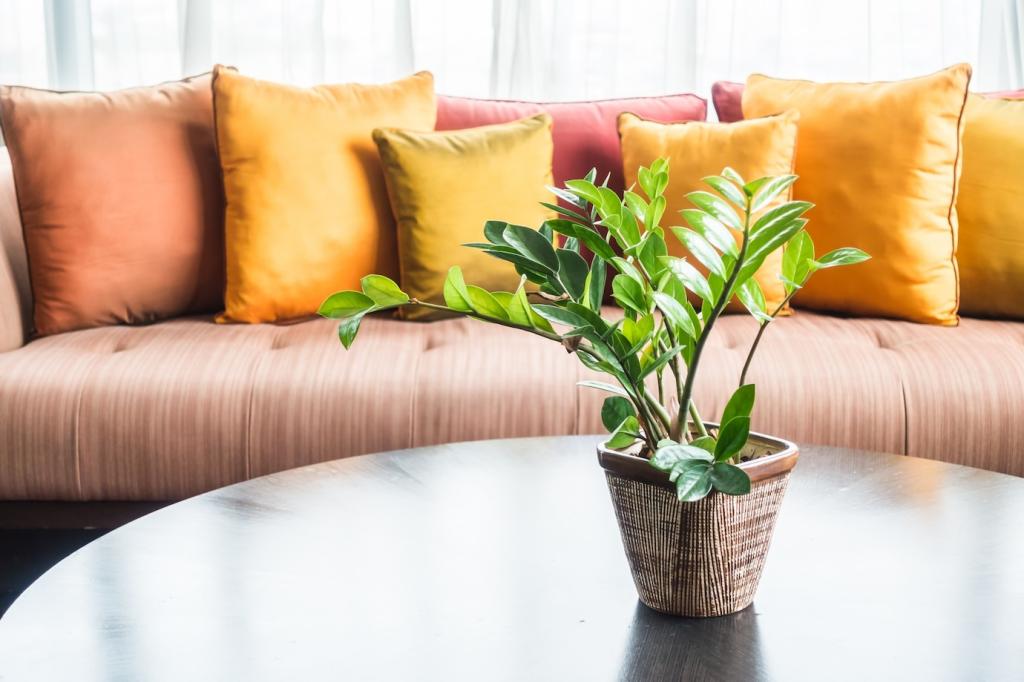Integrating Sustainability into Home Décor
Sustainable home décor is more than just a trend—it’s a meaningful way to design interiors that respect both personal style and the planet. By making thoughtful choices about the materials, processes, and products brought into living spaces, homeowners can reduce their environmental footprint, support ethical practices, and enjoy homes that reflect a responsible way of living. From selecting eco-friendly furnishings to considering the energy efficiency of lighting, integrating sustainability empowers individuals to create beautiful and comfortable environments that prioritize well-being and environmental stewardship. This approach not only benefits the earth but also cultivates a mindful, welcoming atmosphere for everyone who enters the space.

Choosing Eco-Friendly Materials
Sustainable Fabrics




